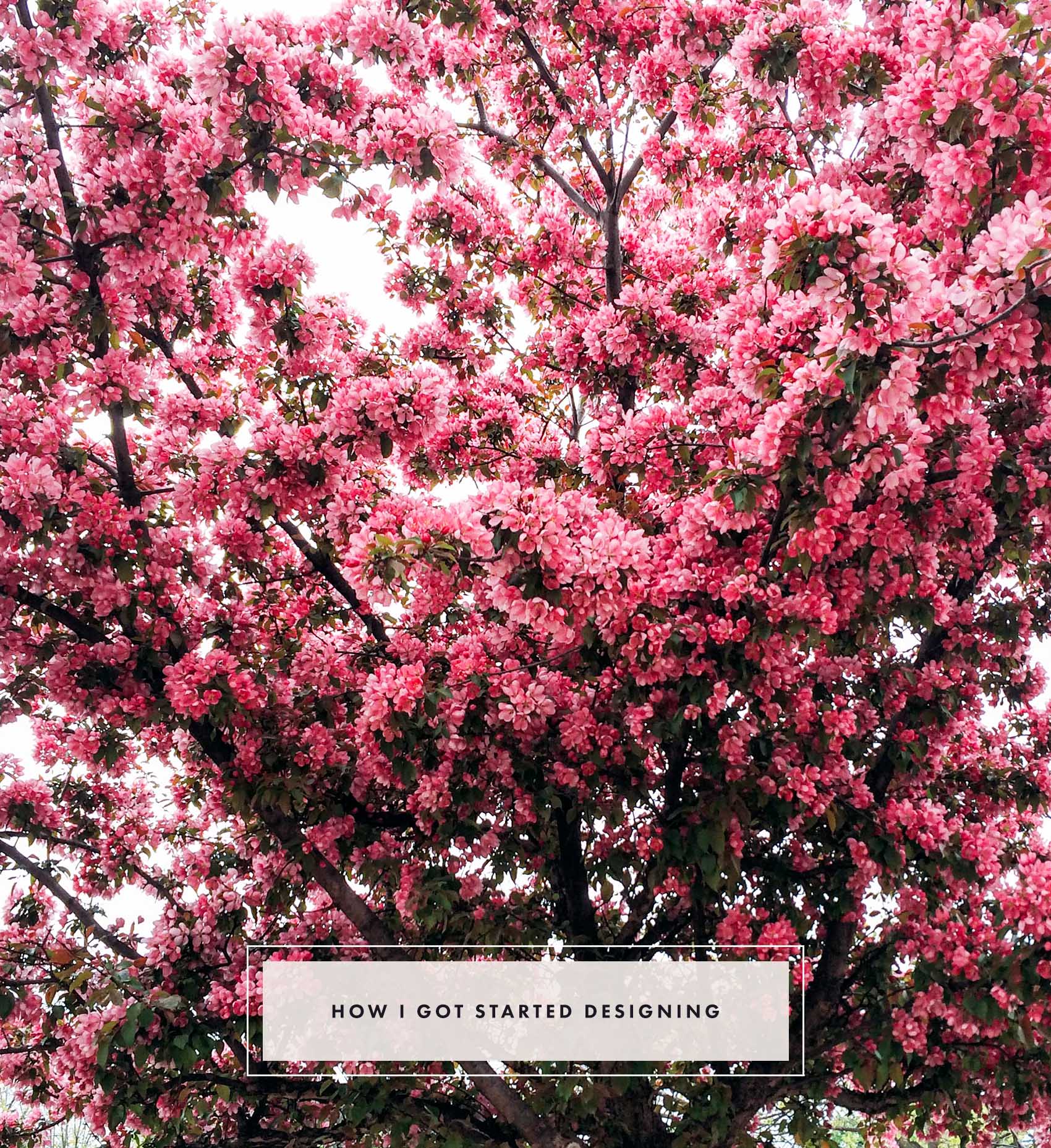
I’m very excited to share this post, as it’s been on my to do list for a while! Today, I’m answering frequently asked questions about launching and running a small business. And, since I often receive questions focused on the design side of my business, I’m including all those too. Many of these have been taken from emails and DMs I’ve received over the years, while others stem from conversations I’ve had with fellow designers and entrepreneurs.
Fair warning: It’s another massive Ask V post (I just can’t seem to quit after the Beauty Bible!), so use the little jump menu below to hop to various sections. My hope is that since some of the questions are a lot more general—and could apply to anyone, no matter the industry they’re interested in—this post will be helpful for anyone who’s ever thought about launching their own thing. Have other questions? Feel free to leave them for me in the comments. Ok, let’s dive in!
Questions on:
Getting Started Design Stuff Background Stories
Questions on how to get started with any small business or new idea
Q: I’m interested in launching a business, but have a bunch of different ideas, and directions I could go. When you were starting out, how did you create focus around what you wanted to do?
A: Over the years, I’ve had friends ask for advice about leaving their steady 9-5 jobs. In return, I’ve shared a spreadsheet I made when I was in my mid-20s. It houses various ideas for small businesses and other career pursuits I thought I would enjoy. Years later, this puppy still holds up!
Here’s a copy of it, with an example filled in. (Note: this version is view only, but you can copy and paste the titles to your own (private!) Google sheet if you want to try it!)
Here’s your homework: Fill in the spreadsheet with every single job/career option you’re thinking about. It doesn’t matter how insane the idea is—if you’ve thought about it, or it sounds remotely interesting, write it down.
The exercise is two-fold. One, when all the possibilities in the world are available to you, organizing your thoughts gets overwhelming. Second, when you’re exploring options, you don’t know what you don’t know. Many of the prompts will help you (literally) fill in the blanks about those unknowns, how viable the idea is, and how it could be applied to other endeavors.
Think of the spreadsheet as a way for you to recognize your interests, talents, and limitations, then get realistic about all your big ideas. Do not be afraid to DREAM BIG, then scale back on your initial approach if you have to. You don’t need to show the sheet to anyone, but it IS important to be honest with yourself.
And don’t stress: I’ve had friends go through this exercise, realize their ideas were better left as hobbies, and a more traditional career route was truly the best solution for them. That’s ok too!
Besides, you never know what the future holds. There are still ideas on my old spreadsheet that sound interesting to me. Who knows, maybe some day!
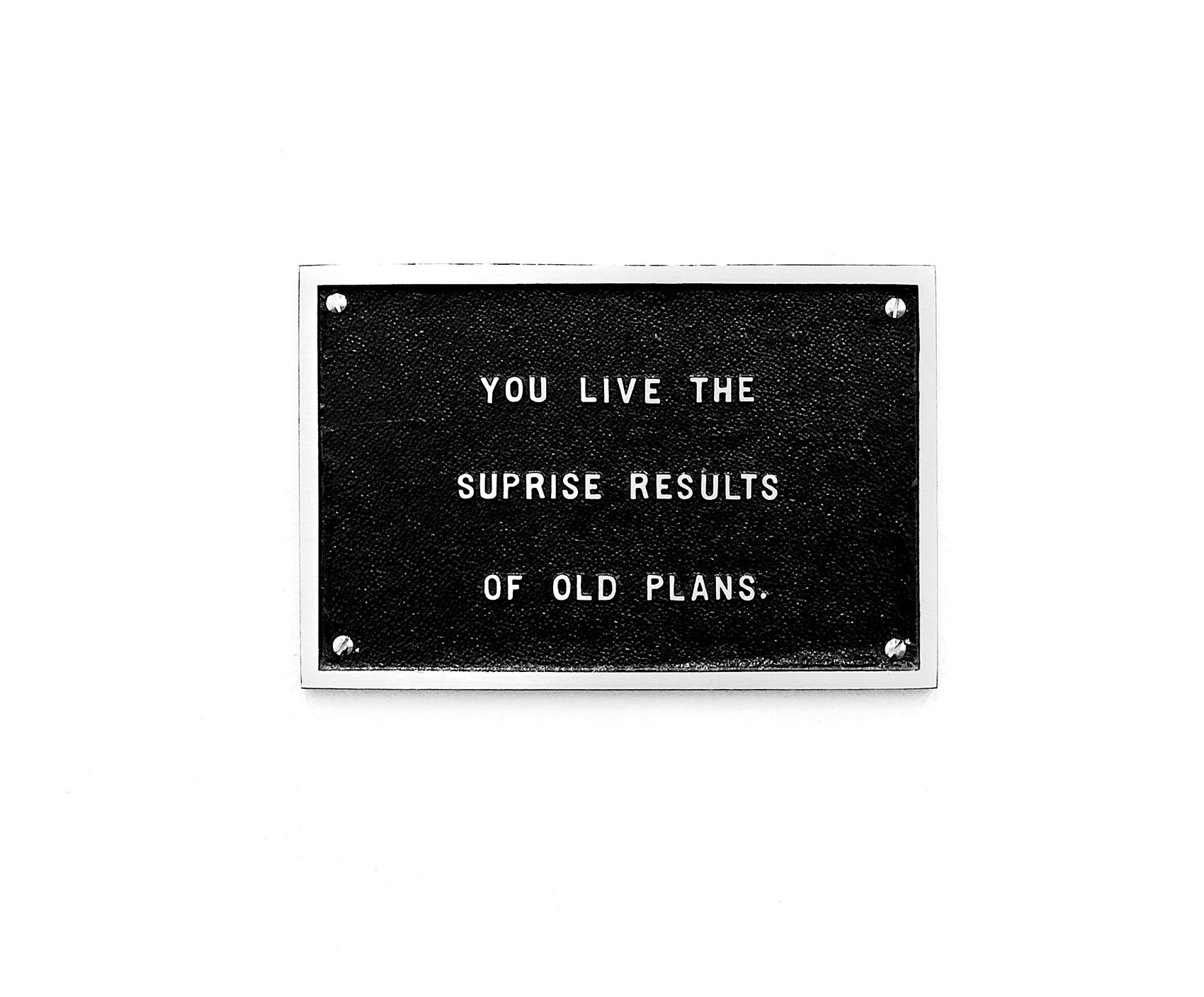
Q: I’m feeling overwhelmed about how much there is to learn about running a small business—the legal stuff, the financial stuff, launching a website. Where do I start?
A: It can totally feel overwhelming to dive into the nitty gritty details of small business ownership. The number one thing to remember: ask for help when you need it. It’s tempting to try and do everything yourself when you’re first starting out—especially if you don’t want to invest a lot. But, if you are able to make the investment into professionals, you should. For one thing, it’s going to be a huge time saver. For another, you don’t want to mess this up and suffer the consequences later!
Here are a few (very brief) practical matters that might serve as breadcrumbs if you’re in this position:
Determine the legal structure of your business.
This is just a fancy way of saying you’ll need to decide whether to run your business as a sole proprietorship, or as an LLC. For most small businesses, operating as a corporation will not make sense at the outset, but this may vary depending on your individual financial situation.
Get your paperwork in order.
File the necessary paperwork with your city, county, and state (how much paperwork for each depends on where you live). This often requires establishing the business entity, establishing the name you’re “doing business as” (sometimes called the “fictitious business name”), and obtaining any required permits, registrations, certificates, etc. Google what’s required in your city and/or county. And if you’re operating as an LLC, most states require you establish this at the state level, not locally.
- For example, I live in San Francisco. To establish a business here, you must register it, establish your fictitious business name, and as an LLC, file your Articles of Organization with the California Secretary of State. Each of these items renews at different times—the registration, annually; the business name every 5 years; and the Articles of Organization require a “Statement of Information” every other year. This will all vary from state to state!
Get your books in order.
Set up a bookkeeping system, then keep it organized! I personally use Freshbooks to send and receive invoices and manage all expenses. Every year, my accountant says my records are meticulous, but I little does she know I just let that system do its thing. Automate here, where you can!
Pay Uncle Sam.
You may want to pay estimated taxes throughout the year. This just means you’re paying out part of your income quarterly to offset tax owed the following April. You can manage this process yourself, but again, here’s where having a CPA can help guide you. How much tax you owe will depend on your total income, your filing status—potentially hundreds of factors.
Unfortunately, learning all the ins and outs of managing a business only comes with years of doing it (and learning along the way). There are millions of resources out there, so my best advice is to start Googling what’s required in your specific city/state, and go from there!
As far as launching a website goes—when you are starting out, it’s not always necessary to invest in a custom website design. For example, Squarespace offers really nice templates at an affordable annual rate. Typically, your digital needs are tied to the type of biz you’re launching, so it’s all dependent on what your idea and business is. Generally speaking, I’d say service providers (like a coach or a consultant), do NOT need to spend thousands on a custom design. Individuals launching a product (i.e., they need an e-comm element) will want to invest a little more.

Q: When did you allow yourself to jump ship from the 9-5 and start something new?
A: There are a few logistical things I had in place before taking the leap. I’ll caveat this by saying it’s common for small biz owners to look back at the moment they decided it “was time” and think in hindsight, “I can’t believe I made the leap when I did, knowing what I know now!”
-
-
- I had saved well over 6 months of income, but knowing how uncertain things were in year 1, I should’ve saved 12 months worth. If I wasn’t in a two-income household, I definitely would have.
- At the time, my blog brought in a semi-viable, secondary source of revenue via sponsored content, ads, and affiliate links, so I also had another source of cash flow in place if I wasn’t attracting clients. It wasn’t enough to pay a real salary, but it was something, and I could bank on that revenue each month.
- Finally, if you’re offering services of some type, be sure you have a working portfolio to showcase what you can do—even if the work featured on it was for personal use, or pro bono projects. And—having a digital presence is essential in this day and age, so in addition to a website, it’s a bonus if you’ve been posting to an Instagram, Facebook page, or other social platform that shows off who you are and what you’re good at.
-
On a personal note, while it’s been so long it’s almost hard to remember how in it I was, I do recall feeling very “over” my traditional job.
I’d been thinking about taking the leap for a while, and a day came when I just knew the moment had arrived. When I speak with other small biz owners, they often have this moment too! However, I don’t think all leaps have to be Grand Canyon-sized. Your transition is completely customizable to you. If quitting your job is not realistic, take on a couple small projects and spend your nights and weekends focused on them. If your company is supportive, could you discuss flexible hours with longer days and shorter weeks, then a half or full day off to spend time on your personal projects? Is there another way to get creative and devote more of your focus to your new endeavor?
A big thing that helped me when in that weird, uncertain space before making the leap was looking at my 9-5 as a means to an end, and not my ultimate destination. I tried to enjoy the benefits, the steady income, the coworkers, and how flexible it was there, taking advantage of those things before I was ready to say sayonara.
Q: What’s next for you?
A: I get asked different versions of this question, from the specific (“Do you think you’ll hire a few employees?”) to the more broad (“Could you ever go back to a ‘regular’ job?”). If I’m totally honest, from where I sit and write this in 2019, I’m not sure! There are lots of resources out there for starting up a business, but fewer people talk about how to direct your path once you’re nearly a decade into it. In a traditional job, after 7-10 years in a role you would expect to have been promoted (maybe a few times!) or have moved companies (also maybe a few times!). It’s different as a solopreneur.
Sometimes I toy with the idea of going to work for an agency or an in-house design team. Other days I think I could never give up the flexibility my job affords. Sometimes I think I’ll end up doing something totally different (like one of my ideas off the spreadsheet I mentioned, up above!). I like to think that 7 years after launching, it’s normal to feel a little unsure. So who knows?! Right now I’m cruising along and am okay with being unsure, while also really proud of how things are going. As always, the work is in holding both things. My current goals are to focus on growing <em>press, continuing working with my great retainer clients, and take on new custom projects as they delight and inspire (but don’t email me about it right now—we’re currently not accepting new proposals until at least summer! ;) ).
Questions about design + running a design business (the technical stuff!)
Q: I’ve seen that knowing HTML and CSS is helpful when working with developers. Were there any resources that were particularly helpful for you when learning CSS?
A: Most of the HTML and CSS I have learned pertains to how elements are styled (i.e., how they look) on a website. This makes it easier to communicate—with great specificity—what changes I want made to a design once we’re in testing.
In terms of how I learned, I mostly taught myself over time by making little changes to my blog, and also experimenting/Googling when I didn’t know how to do something. Check out W3 schools—they talk about every single CSS property (and lots more) and offer tools to kick the tires on the code and see how it affects a site. I also purchased this book, and as much as I enjoyed referencing it, nothing was as helpful as playing around with CSS on live sites.
You can do this by accessing the Inspect tool in Chrome, without actually altering the code. A good example would be to right click on something like a post title, then click “Inspect.” The site’s code will load and you can play around with changing the CSS properties of things like font, font-size, letter-spacing, etc. Sometimes I’ll do this on a site I didn’t create, when I see a cool element and wonder how it was done with code.
Be patient. It’s just like learning a foreign language—it takes time and practice!
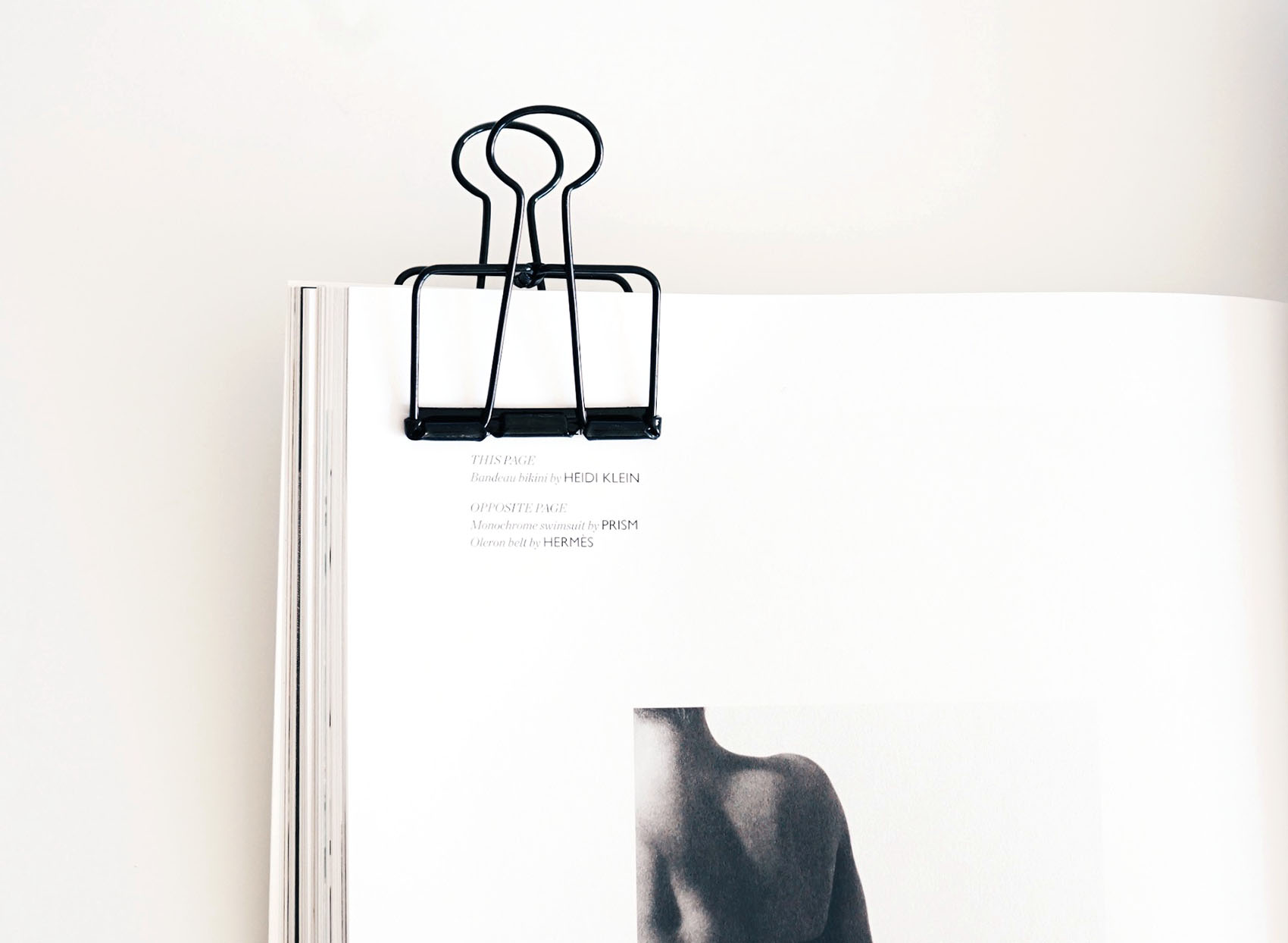
Q: Can you describe your design and development process? I’m trying to get into coding and would love to get a glimpse into what it’s like.
A: Coding, or the development process, is entirely different from the design process. By the time you are coding a website, you should know pretty much everything about what you want it to look like*. These design decisions are driven by the client/business needs, pain points you’re solving, business/marketing goals, and the overall brand identity you are trying to communicate, among other things. You can think of coding like building the house from the blueprints — it’s not advisable to build the house without the plan in place first.
In the early stages, I work with clients to discuss many different aspects of their project: we talk about the brand identity, their existing website, their internal capabilities to manage a website and generate content, as well as their overall goals from a business perspective. This provides a lot of information for me, as the designer, to figure out how to proceed. It’s kind of like putting pieces of a jigsaw puzzle together. Lots of pieces, but with a limited space to do it in!
Work nearly always begins with the identity design phase. Once completed, we move to web. I build out wireframes, then prototypes in Sketch. The home page concepts are presented via a prototyping platform called InVision. We revise this, and then I build out all remaining templates for their site.
Once a project has been designed, I do a fair bit of work prepping files for web development, but luckily, Sketch & InVision make this pretty easy. Prepping files means doing kinda boring tasks like organizing your files, creating simple stylesheets, and extracting assets (i.e., items like your final logo, other graphical elements, etc.). We also get the client prepped on final content we need from them. This is all done to make development easier for Lisa, or whichever developer I’m working with.
*One little caveat: I wrote above that when you code a website, you should know what it’s going to look like ahead of time. In some instances, this isn’t 100% true — for larger teams, building a simple prototype makes a ton of sense so that all invested parties can get their hands on the site and iterate on a living thing. However, for my one-person studio, and given the clients I’m typically working with, it doesn’t make financial or calendar sense to work this way all the time.
Hope that helps lift the veil on the process a bit!
Q: What are some tips for transitioning into a graphic design role? Do you think starting a blog is still a viable way to break into the industry?
A: For me, a blog was a perfect way to break into the type of web and graphic design I currently offer—but bear in mind, this was nearly a decade ago (in the early 2010s).
I used to blog 2 or 3 times per day. So in that sense, creating such a huge volume of content got me super comfortable with creative programs. It also required constant website maintenance, thus providing intricate knowledge of the challenges many of my clients face if they are not particularly tech savvy.
That being said, blogging did not teach me how to build a website from the ground up, especially in terms of designing a mockup and prototyping. Those are all skills I’ve learned along the way, through research, trial and error, and exposing myself to as many industry resources as possible (everything from tutorial sites, to Medium articles, to talking to other designers, etc).
If you don’t have the time or inclination to start a blog, I’d recommend assigning yourself graphic design homework to practice at home. Take a brand you love and try and build out a new font system for it. Find a random logo on Pinterest and build an identity suite around it. Extend the project and build out a mock website. Offer to help friends or family with small graphics needs (know someone getting married? Try and build them a wedding website). The skills involved in graphic design are just like anything else in life—you only get better if you practice them, and frequently.
In terms of the second part of this question, I’d say blogging can introduce you to the world of web design for content creators effectively. But if you’re interested in designing, say, mobile apps, or e-comm sites, it’s not going to be as effective because it doesn’t expose you to a huge set of skills you’d need to address those products’ UI/UX issues.
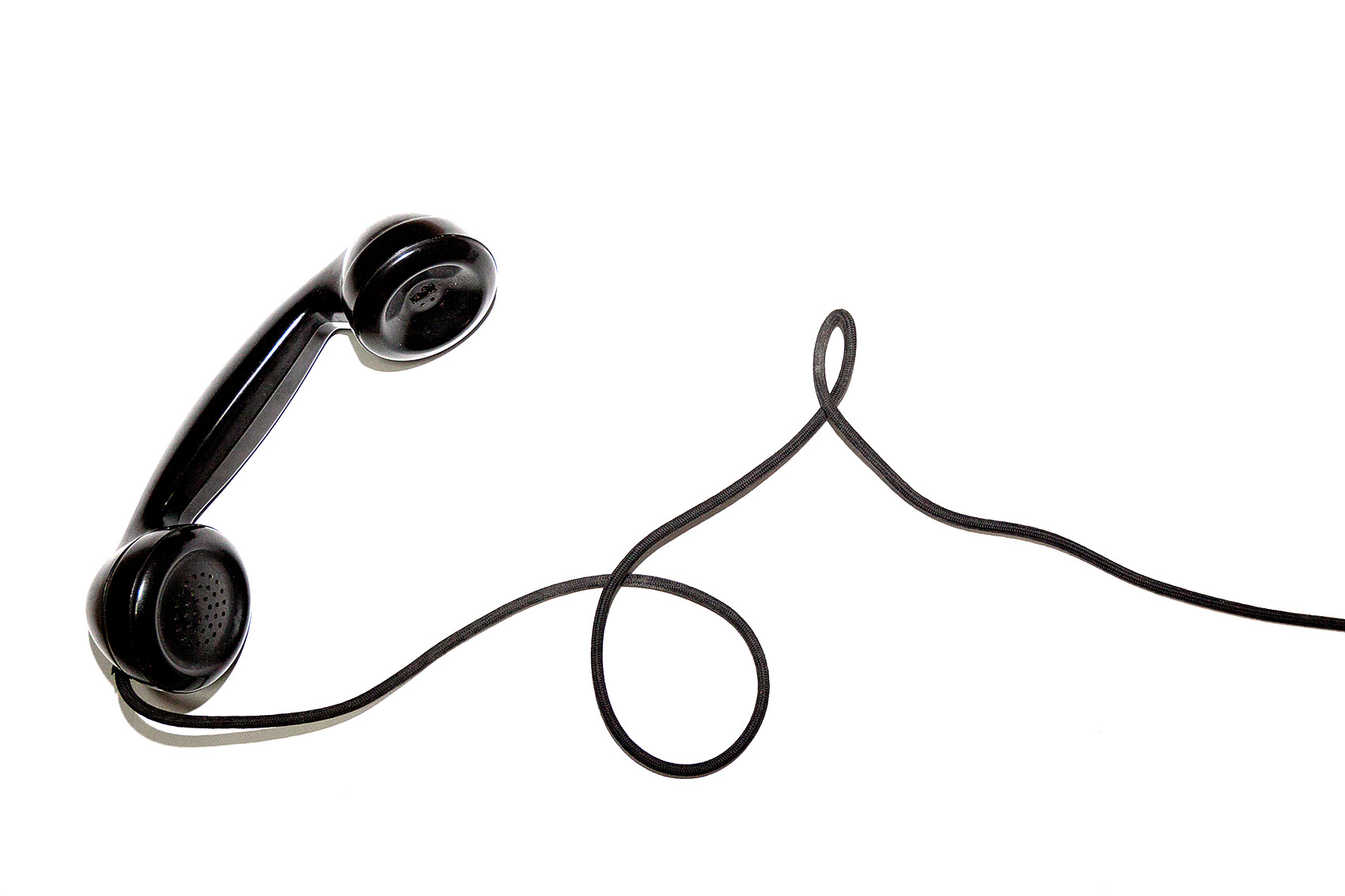
Q: What are your thoughts on designers using Instagram as a place to showcase their work? I have been posting new work and my passion projects there for a while, but it hasn’t really resulted in growth or an increase in client inquiries.
A: For me personally, posting work to Instagram was a complete dud. My audience just does not care. And I’m fine with that! Instagram is such a hot topic these days (the algorithm! followers! we hate it! we love it!). Where I’ve settled is I’m happy if my feed and the individual photos represent me, and my aesthetic. I don’t worry too much about how often I post, or promoting my work. It’s never really been a place for me to capture new clients, though the odd inquiry has come through here and there.
One thing I’ve noticed is that the bulk of designers who share work and get a lot of engagement often receive that engagement from other designers/creatives. I have zero data to back this up, but I wonder if designers who focus on sharing their own work are primarily followed by other designers, which would likely limit viable inquiries via Instagram. There’s nothing wrong with a designer taking this approach, but if it’s what you’re experiencing, it might be worth looking through your follower list to get a sense of the types of people seeing your posts. Of course, it’s hard to qualify having that presence on IG and getting referrals from other designers who see your work, so ¯\_(ツ)_/¯
Is this also the moment to remind you that just because everyone else is doing something on Instagram doesn’t mean YOU have to do it too? Ok, good.
Q: Have you met people who have a multi-functional role doing some web development and some design? I’d like to focus on design, but wonder if having dev experience might open more doors.
A: It’s somewhat common in this part of the industry (i.e., small, 1-3 person studios). I think having dev chops can be helpful simply in terms of working with a dev who’s in charge of your buildout. For example, understanding CSS properties, or how you want something to look on a site will make the process infinitely faster (and less annoying) for your dev. It’s a lot more clear to say “adjust line-height of line 388/ .post-content to 150%;” than “see that second line in that paragraph half way down the page? Can you make the space between lines a tiny bit bigger?” One is extremely specific with nothing left to interpretation; the other will require several rounds of back and forth tweaking.
For me personally, not serving as developer on my projects has not led to a loss in business. I think it’s still common for designers and devs to run separate shops. I’ve never had a client lose interest in working together because I wouldn’t dev the project. But like I said, having that knowledge CAN open doors in terms of making you an easier designer to work with, and getting your projects pixel perfect for clients. The more clearly you understand how websites work, the better you can articulate what’s possible/a good idea for your clients. And of course, if you can dev the project too, you can capture the entirety of the client relationship (and the fee!).
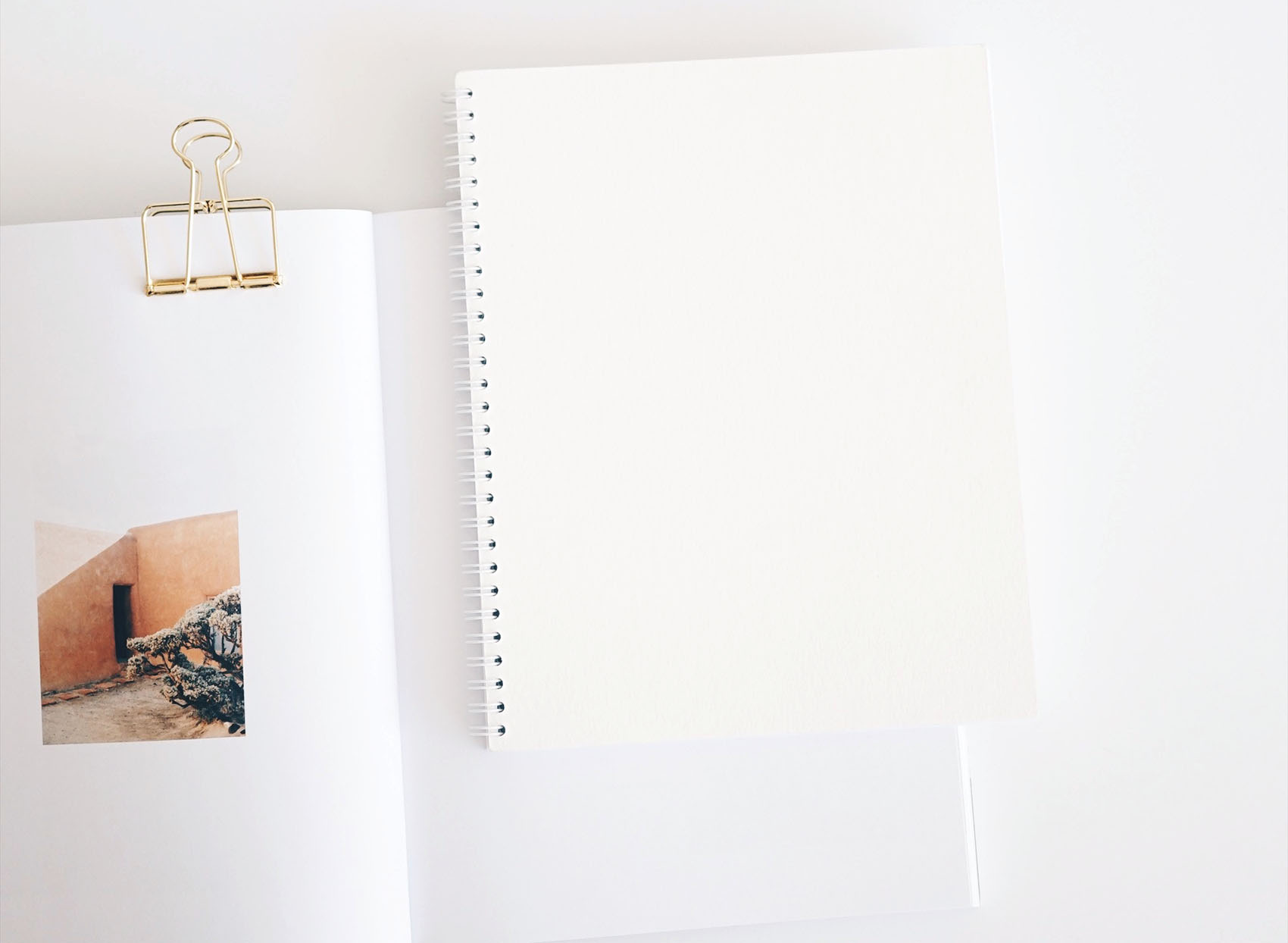
Q: What are some tools/resources you used to learn and practice graphic and web design?
A: Learning and practicing and employing all overlap! In terms of creative software, I rely on Adobe creative programs and Sketch for pretty much everything. I create blog graphics and items like newsletter designs in Photoshop. I’ll also use it for light photo editing. For heavy duty photo editing, or editing huge batches of images at once (often for personal use), I use Lightroom. Illustrator is used to create identity suites (i.e. logos, brand books and more), as well as any artwork that needs to be vector at final export—now or in the future. I use InDesign for documents that need to look really pretty, as well as to create things like media kits and documentation guides for <em>press. Finally, I use Sketch to design all web products—switching from Photoshop to Sketch a few years ago was a game changer, for a lot of reasons.
My biggest resource in terms of researching and learning new things? Google. If you don’t know how to do something, google it. From there, watch videos, read tutorials, follow blogs, and discover!
And, here are a bunch of places I love looking at for more inspiration and education:
Design, Web Design, UX
Instagram Accounts:
AIGA & AIGA Eye on Design
Butchershop
Manual SF
I’ve also created bookmarks in my browser and will save websites with features I really like—even if they seem tiny or mundane. Sometimes, those serve as a good jumping off point to think about work in a different way.
Q: How did you get clients when you were first starting out?
A: I get this question pretty regularly, so here goes: I am very, very fortunate in that I had to do very little marketing, primarily because of the time and space my business was born in. Since I had been blogging for almost 4 years when I launched the studio back in 2012, I had a large network of potential clients built into my readership. Add on friends via social media, and that helped too. When I first launched, I wrote a post about what I was doing and clients came from there. Also, my work on my blog helped with marketing—people had been looking at my graphics for years and wanted similar help on their sites.
Over the last few years as the business has matured, I’ve been so lucky to have many clients referred to me. This often happens through former clients, through other designer referrals, or sometimes just via the credit link at the bottom of sites. Occasionally new clients will find me via Google search. Don’t ask me how that happens—I haven’t spent much time optimizing SEO for that, so beats me!
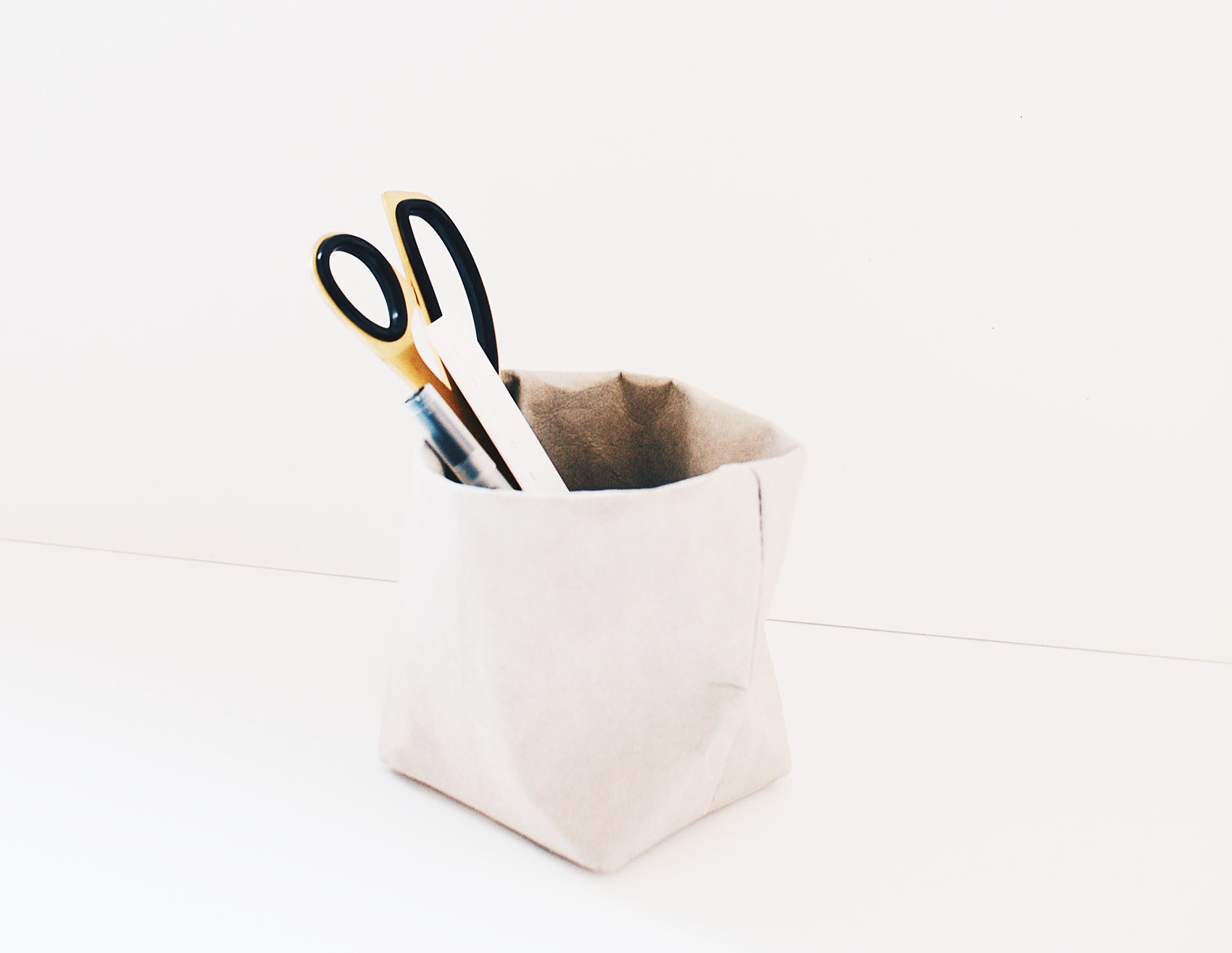
Q: If you were just starting out, what tools would you focus most on learning? What tools do you find most valuable in your day-to-day work? A designer friend of mine thought Adobe products were becoming irrelevant with the rise of programs like Sketch, but curious to hear more opinions on this.
A: This is a great question. I think Adobe products will always have a place in this business, but yes, products like Sketch and even InVision’s new Studio products send some stiff competition Adobe’s way. In terms of what’s most important to learn, it kind of depends on where your focus is. If you plan on billing yourself as a branding studio, with a primary focus on building identities (think: custom typography, illustration, calligraphy, etc.), Adobe Illustrator’s probably where you want to park your car. If you want to design layouts for small business websites, I’d learn Sketch, then explore InVision, too.
All that being said though, I think it’s really important to understand the full suite of Adobe products. Beyond their creative software, understanding how features such as Libraries and Adobe Fonts (formerly Typekit) interface with design elements is super important.
But if you had to pin ME down, most valuable for me on a day to day basis are Sketch, Photoshop, InVision, and Illustrator.
Questions about my background
Q: Did you go to design school? How did you learn how to design and all the programs needed to run your business?
A: I did not. I have a business degree, and a culinary degree. I am completely self-taught, and feel like I’m always learning.
In terms of how I learned all the programs—you just gotta dive right in. It really is like learning a foreign language. When I didn’t know what something was, or how to do something, I googled it. When I wanted to know if something was possible in a program, same thing. It took me several years before I felt proficient enough in a few programs to even begin offering services or advice on how to use them to other people. Looking back now, I didn’t know enough. Still don’t!
Designing is like any other creative endeavor in that as time goes on, you will (hopefully!) see your work improve, because of the hours you have put in. There are so many things I’d do differently with early work. Hell, there are things I’d do differently with projects recently completed!
All this to say: if you are pursuing a self-taught design discipline, all you can do is buckle down and put in the hours. Be a sponge, and absorb everything you can about the topic. Get curious, and ask questions. Never stop learning!
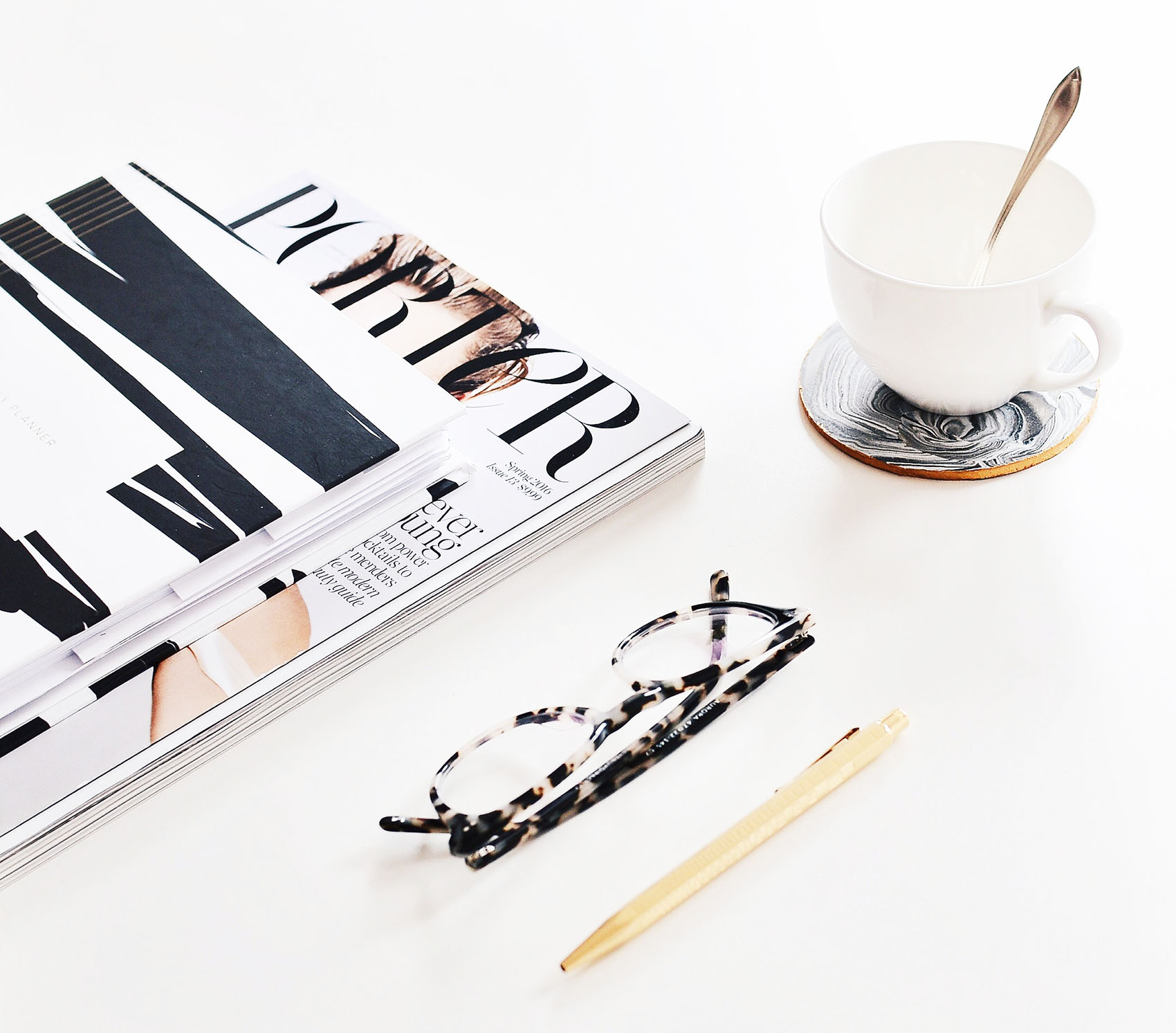
Q: I’m thinking about starting a blog to be a counterpart to <insert business idea here>. What was your blog journey like, and any advice?
A: This is the last question, and my longest answer, because that’s what you get when you have been blogging in some form or another since college.
My first blog was a personal Xanga blog (!!) I kept in my last year or two of college. After I graduated in 2006, I moved to San Francisco to begin culinary school, and around that time, thought my friends and family would be interested in what I did in class everyday. So I started this basic Blogger blog which recounted the things we learned and made in school. After I finished culinary, I worked for the San Francisco Chronicle, writing features, testing recipes, styling shoots, and organizing their wine cellar. As much as I enjoyed freelancing for the food section there, that style of journalism has its creative limits, and I missed getting to talk about food in a personal and meaningful way. So I started another Blogger blog, called vmac+cheese. The blog consisted entirely of personal essays and stories about my passion for food and cooking, and featured recipes I wanted to preserve from my childhood. I eventually moved that blog to WordPress, and lo and behold, it’s the exact blog you are reading right now.
Around that time, I temped at a PR agency (because freelancing for a print newspaper did NOT in any way, shape, or form make ends meet). The agency focused specifically on tech clients, and because of this, I ended up getting exposed to a lot of different blogs and Tumblrs. Before that, I wasn’t familiar with any of the popular blogs of the day—I had just been blogging for me and the three friends reading it. But if you’re a blogger, you can relate to the sensation of discovering this entire world you didn’t know existed, with content you could read for days and days and days.
It was early 2008, and I was hooked.
During the first 2 years of vmac+cheese, it was a hobby blog. I wrote about new recipes I conceived at home, major food news, the occasional tidbit on what was going on in my life. But in the fall of 2009, I attended the inaugural BlogHer Food conference in SF. Just like discovering blogs a couple years before, that conference was a veil to another world, lifted. I had NO idea people treated their blogs as such serious businesses—and that really cool opportunities could come from it. Sitting in the conference panels, I felt so excited and overwhelmed by all the possibilities. Here, it seemed, was something I could be working on that was just for me and had a lot of potential. I had no idea where it would go, but it seemed like there were so many ways I could experiment with the content on my blog, and just see what happened.
So a few months after that, I began blogging about a variety of topics—many of the same ones I still talk about, like style, beauty, design, and food. I started posting more—eventually, daily—and thinking more clearly about my content, as well as networking with other bloggers. I am lucky (and a lot of days, feel honored) that my site came about in a time when it was the wild west in style/decor/lifestyle blog land, and it was easy to make connections, grow, and learn! I kept on like that for a few years, until launching the studio in 2012.
The blog landscape has changed a lot since I started over a decade ago. But as with anything, my best advice is to stay consistent, have a point of view, and keep learning. You’ll figure it out along the way. Network authentically, don’t worry about what anyone else is doing, and stay focused on why you got started. I know all this is general, but after all this time, it really is my best advice.
A CLOSING NOTE.
The funny thing about dreams is even once they come true, they’re never exactly as you imagined them. There are SO many things I love about working for myself. But it’s important to remember that once you arrive at point B, it in turn becomes point A again. You don’t hit a goal, then stop making new ones just because you’ve achieved the first. Entrepreneurship is something that’s Sisyphean, but, if you love it, it can be invigorating and positive, too.
I guess no matter where you are in your journey, whatever your point A is, the best piece of advice I can give you is to just start. In fact, when I wrote down the original idea for this blog post, it was “Question: How did you teach yourself design? Answer: Just start!”
All we can ask of ourselves is stay open and curious, then put one foot in front of the other. Even if our steps are small, we’re headed somewhere.
//
Thanks to everyone who has sent me questions over the years! I’m pretty honored you’d ask, now that I think about it. If anyone else has a question about small biz stuff, getting started with an idea, or specific questions about design business/processes, feel free to comment below! I’ll keep adding to this post as more FAQs come in, so I have a place to send folks. :)






WOOWWW. Thank you for this Victoria! I didn’t know I needed it today but I can’t wait to use that spreadsheet template and make it my own. I’m nearing 38 and at a career crossroads and aggressively pursuing a new job and career that will fulfill me. I know I am being very picky in my search but I also realized all of my jobs have been accepted under a situation of career duress. I finally want something that I love. Life is too short to not enjoy and feel fulfilled and challenged by the work I do. I’ve also been thinking about how I could work for myself and this post simply could not have come at a better time. Your blog content is of such high quality. <3
OMG it’s like you’re inside my head!!!!!!!! Thank you so much for this post. I would love to see this turn into a series even! This speaks to where my head is currently and answers a lot of questions I have and didn’t know how to ask.